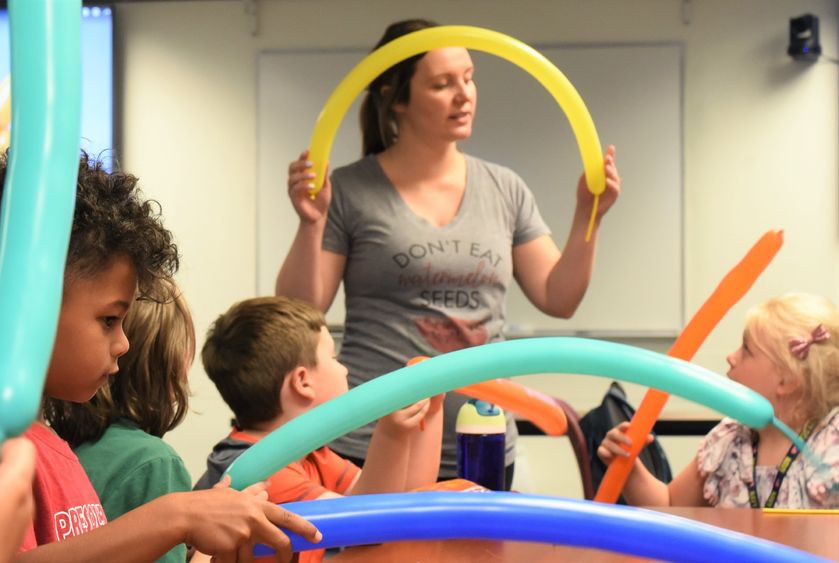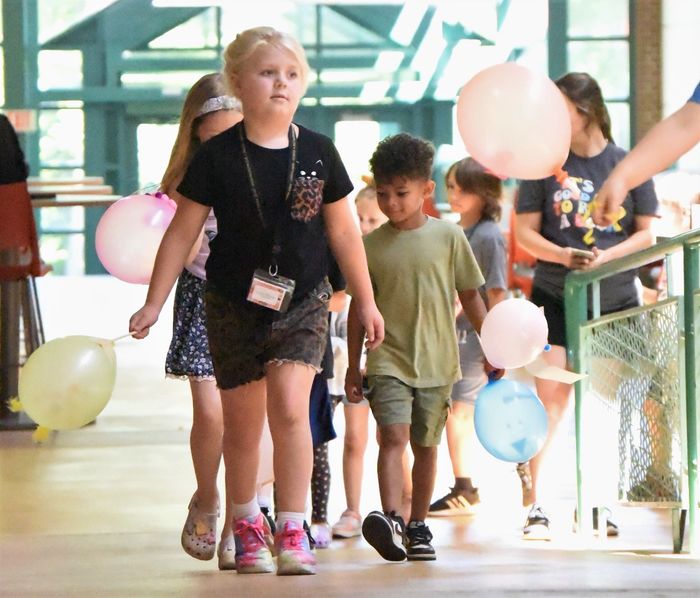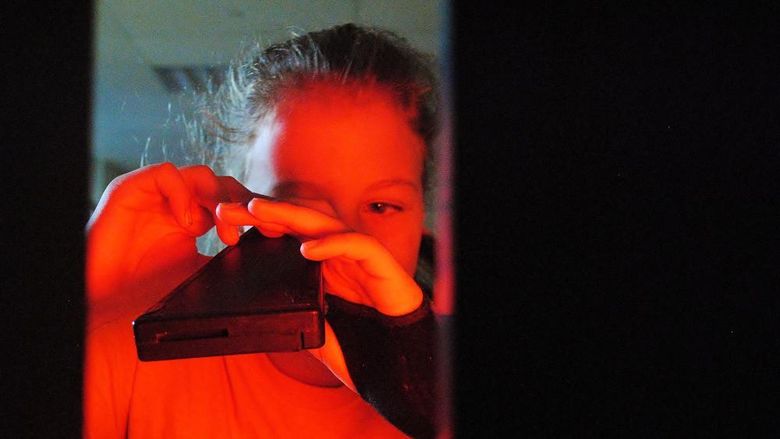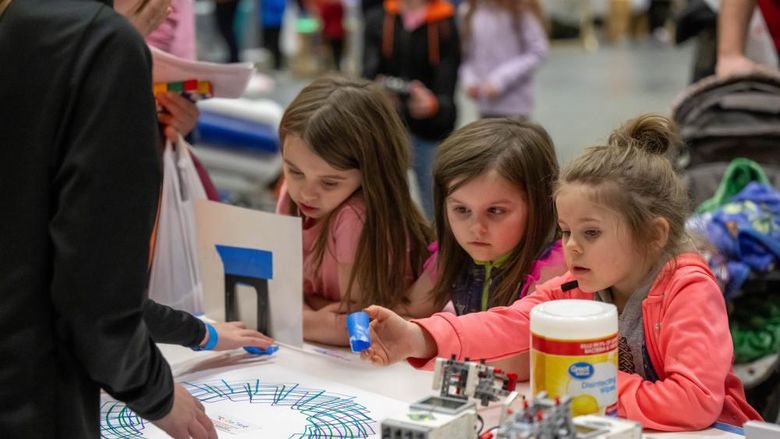
Sara Merritt’s new College for Kids course at Penn State Behrend taught students the science behind the balloons in the Macy’s Thanksgiving Day Parade.
ERIE, Pa. — Class changes at Penn State Behrend bring a wave of students, who walk with friends or check their phones as they cross the campus.
The group Sara Merritt led this summer carried a different accessory: balloons.
Merritt’s “Balloons Over Broadway” class was a new offering at Behrend’s College for Kids, a six-week summer enrichment program for youth ages 6 to 14. She built a curriculum based on the Macy’s Thanksgiving Day Parade.
“We’re going to do our own experiment to see how many balloons pop or get lost on our way,” she said, leading the class down a hill, around some bushes and over a plank bridge. “Your challenge is to keep your balloon safe.”
As the wind picked up and the first raindrops fell, her students — a group of 6- to 8-year-olds — held the balloons tighter. None popped.
“Most of the time, it’s raining for the parade, so that was pretty authentic,” Merritt said, back in the classroom, in the Reed Union Building.
She showed the class videos of balloon fails — giant character balloons striking light posts, popping and even colliding with wires, which set them ablaze. Balloons with multiple chambers tend to fare better, she said; to show why, she taught the group how to make dog-shaped balloon animals.
Merritt based the course on the picture book “Balloons Over Broadway,” by Melissa Sweet. The boy tells the story of Anthony “Tony” Frederick Sang, the father of American puppetry. Macy’s hired Sang to design a puppet show for its display windows. That led to the parade, which first featured the now-famous balloons in 1928.
Merritt led classroom activities that tapped into both science and art. The students constructed marionettes, using cardboard tubes and bottle caps. They designed floats out of paper boxes and toy cars. They drew a cityscape backdrop and decorated balloons for their own parade.
“We learned how to blow up balloons in different ways,” said Kate Groves, 7. “It was awesome.” Her favorite technique involved cola, mints and Pop Rocks candy.
As they worked, the students talked about past Thanksgiving Day parades. Most watch the event every year.
“I watch it with my family,” said Aubrey Mlaker, 6. “I like it when they have dancers.”
As they twisted long balloons, shaping dog tails and stubby dachshund legs, the students had to face the anxiety of an unexpected pop. Those bursts showed the purpose behind the play, Merritt said.
“I want them to learn concepts of trial-and-error,” she said. “I think it’s important that they see their failures turn into successes, and that they learn how to problem-solve.”
Robb Frederick
Director of Strategic Communications, Penn State Behrend






